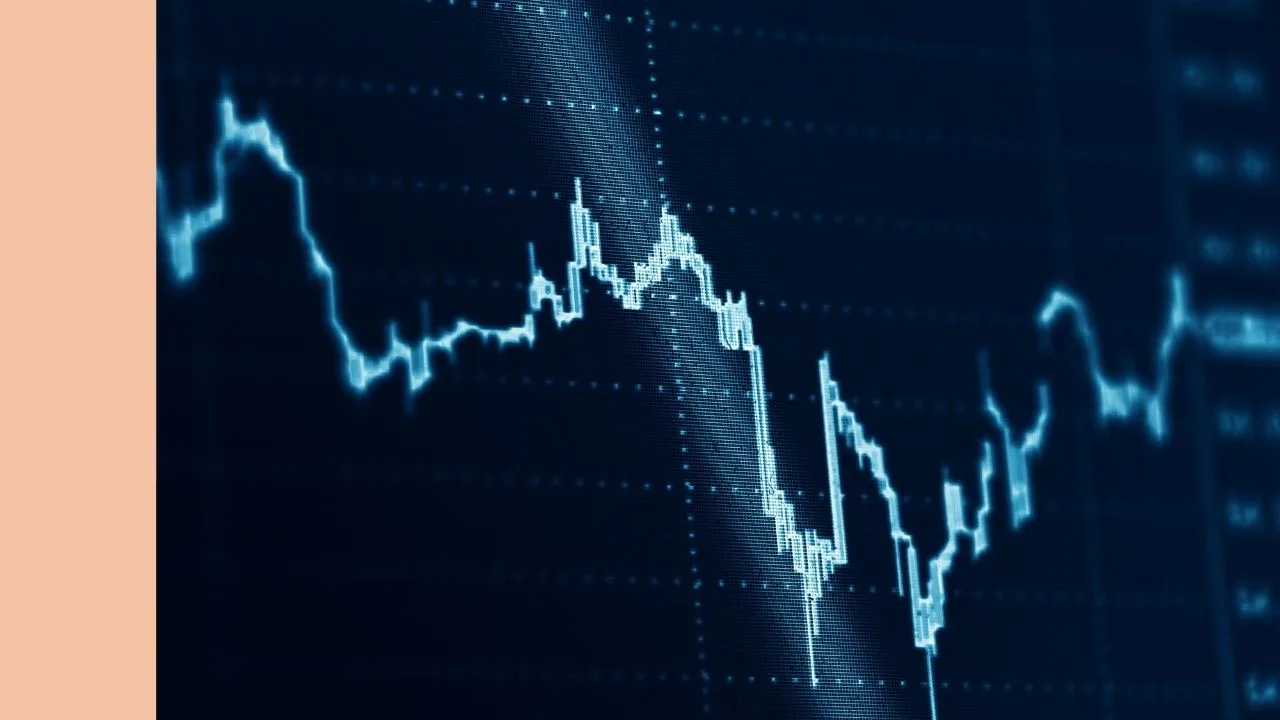Is iShares Core S&P/ASX 200 ETF (ASX: IOZ) a good way to invest in ASX shares?
What is the purpose of the ETF?
As the name would suggest, it’s an ETF that is invested in the ASX 200 – which is 200 of the biggest businesses listed in Australia.
The ‘iShares’ part is the provider of the ETF, called Blackrock. One of the biggest asset managers and ETF providers in the world.
What are some of the shares it’s invested in?
An ETF is only as good as its holdings. That’s why the US ETFs have performed so well over the past decade, because the big tech FAANG names have done brilliantly.
At the end of May 2020, the iShares Core S&P/ASX 200 ETF’s biggest holdings in size order were CSL (ASX: CSL), CBA (ASX: CBA), BHP (ASX: BHP), Westpac (ASX: WBC), NAB (ASX: NAB), ANZ (ASX: ANZ), Woolworths (ASX: WOW), Wesfarmers (ASX: WES), Telstra (ASX: TLS) and Transurban (ASX: TCL). Australia’s bluest of blue chips.
What are some of the advantages of iShares Core S&P/ASX 200 ETF?
There are a few key factors that make this ETF a good one to consider.
Low fees
Fees can act like termites on your nest egg if they’re too high. If you’re investing an index-based product you want the fees to be as low as possible. iShares Core S&P/ASX 200 ETF has an annual management fee of just 0.09%, which is cheaper than Vanguard Australian Shares Index ETF (ASX: VAS) but slightly more expensive than BetaShares Australia 200 ETF (ASX: A200). Any of them is a good option.
Diversification
One of the best reasons to consider this ETF, or any decent ETF, is the diversification on offer. It would cost a ton of brokerage to go out and buy shares in 200 businesses yourself. With this investment you get diversification to 200 businesses with a single investment.
Those 200 businesses are spread across a variety of industries including financials, materials, health care, industrials, real estate, consumer discretionary, consumer staples, communication, energy, IT and utilities. You don’t have to worry about which industry to invest in – the ETF will automatically rebalance.
High dividend yield
There’s a double income benefit for dividends from this ETF. The first is that it has a high trailing dividend yield. The 12-month trailing dividend yield was 4.7% at the end of May 2020, although some of those dividends will be cut in the short term.
The second benefit is that Australian companies attach franking credits to the dividend, boosting the yield further.
[ls_content_block id=”14945″ para=”paragraphs”]
Disclosure: At the time of writing, Jaz doesn’t own shares in any of the businesses mentioned.








